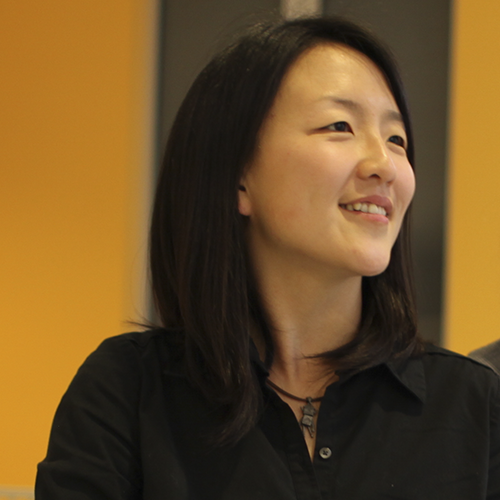Bridging the Gap Between Humans and Robots
-
-
Slice of MIT
Filed Under
Recommended

Throughout history, technology and innovation have ignited concerns about job displacement, from artisans protesting textile mills in the 19th century to the recent threat of computers and robots replacing jobs in manufacturing.
Been Kim PhD ’15 has a more optimistic view of the future of robotics. Now a research scientist for Allen Institute for Artificial Intelligence, Kim’s 2015 dissertation concentrated on how to empower people through machine learning. Her research focuses on human's relationship with robots, and she's been published twice by the Association for the Advancement of Artificial Intelligence and the Journal of Artificial Intelligence Research.
“The biggest challenge of our times is to make machine learning available to everyone,” Kim said. “It can be a powerful tool that can help anyone perform their job better and more efficiently.”
Critics of machine learning can point to a 2014 study from the University of Oxford that identified nearly 330 occupations with a high risk of potential automation. The study indicated that workers in transport, logistics, sales, and services faced the highest displacement risk.
“People worry about automation taking over their jobs, but humans and robots have strengths and weaknesses that can be harnessed,” Kim said. “Humans have gut feelings and experience while robots provide information. We need to find a way to collaborate, so robots can help humans make better decisions in medical diagnoses, political decisions, prison sentencing, and may other areas of public life.”
Kim research argues that robots can make human jobs easier, if people are empowered with the tools and skills to work with them. ATMs, for example, were expected to completely replace bank tellers, but the machines helped reduce branch operating costs, allowing more physical bank locations banks to open in response to rising customer demand while tellers were able to focus on customer service.
But the biggest obstacles may be trust and making machine learning available to everyone.
“If machine learning is only understood by a small number of highly specialized people, or those who can afford it, it will deepen social inequality,” Kim said. “But if we can give people insights on how these systems work, it will lead to greater transparency, and an ability for humans and machines to work together.”
Kim, who is also an affiliate professor in computer science and engineering at the University of Washington, is currently researching methods to make machine learning easier to understand and disseminate, which could help make jobs more productive, not obsolete.
“We’re at an important point in human history where governments and social structures need to adapt to this rapid change in technology,” Kim said. “Then people can transition from jobs or change tasks within a job far easier and we can learn how to leverage the powers of robots.”







